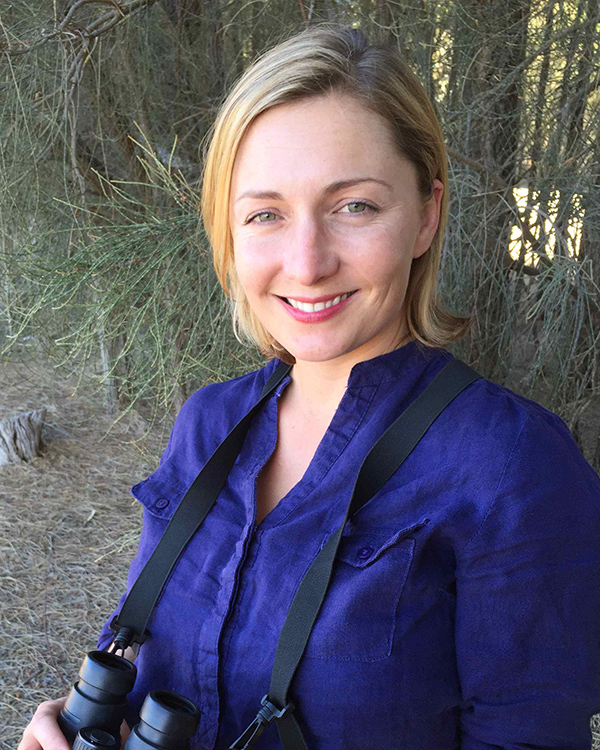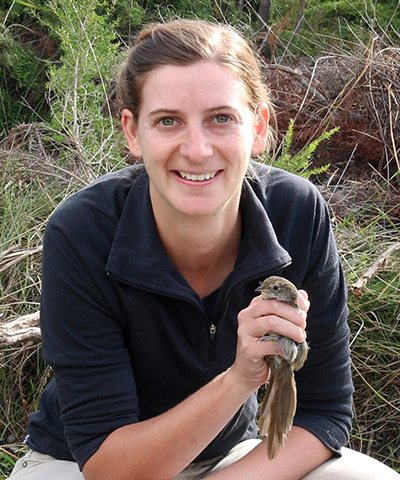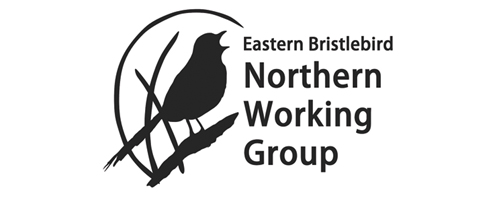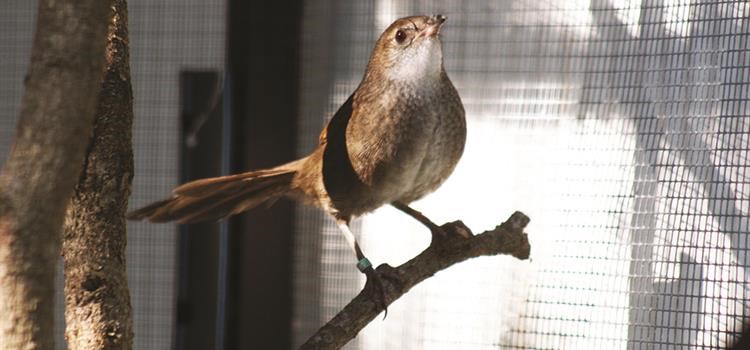
Project: 4.1.12
Reintroduction plan to rescue the northern eastern bristlebird
Project Leaders: Martine Maron
Research in Brief
The ecologically unique northern population of the eastern bristlebird is among the most threatened Australia birds. This project will develop an emergency action plan that will guide on-the-ground actions to stop the decline, increase the wild population and directly improve long-term persistence.
The plan builds on previous monitoring and research conducted by the Eastern Bristlebird Recovery Northern Working Group, and will include:
- the development of site specific habitat management guidelines;
- prioritisation of management needs across sites;
- evaluation of the need for genetic rescue of the captive breeding population; and
- development of protocols and best practice for future reintroductions into the wild.
Why is the research needed?
The northern population of the eastern bristlebird (Dasyornis brachypterus), also called the northern bristlebird, is among the most threatened birds in Australia. It is on the Red hot list of Australia’s 20 birds most threatened with extinction and has been identified as a priority species by Australia’s Threatened Species Strategy (2016). Since monitoring began in the 1980s, the population has suffered an 80% decline, and today only 38 wild individuals remain.
Critical monitoring and research by collaborative Eastern Bristlebird Recovery Northern Working Group for the last 15 years has provided an excellent understanding of habitat needs. The Northern Working Group has been working hard to slow the decline of this species through prescribed burning, weed control and captive breeding, with some success now being seen in the wild. Even with this successful habitat management, the population is far too small and fragmented to persist naturally without supplementation. Northern Bristlebird Recovery is now at a pivotal stage where a detailed plan of habitat management and captive breeding priorities that prepare for future reintroductions is needed.
Previous research by the Northern Working Group has shown that habitat loss due to the loss of frequent fire is a key threatening process in the wild. Northern bristlebirds have a higher chance of persisting in large patches of grassy forest, but this habitat has declined by over 50 % since 1980. Existing efforts to maintain the condition of existing habitat and expand habitat by restoring marginal habitat through coordinated fire and weed management has slowed this decline, but the critical state of the northern bristlebird population means there are too few birds left to recover on their own.
A captive breeding program managed by Currumbin Wildlife Sanctuary has begun, but there is currently no focused strategy and guidelines that set out captive breeding targets and reintroduction procedures. Providing detailed information on breeding targets, release locations and procedures, captive breeding timeframes and exit strategies is needed.
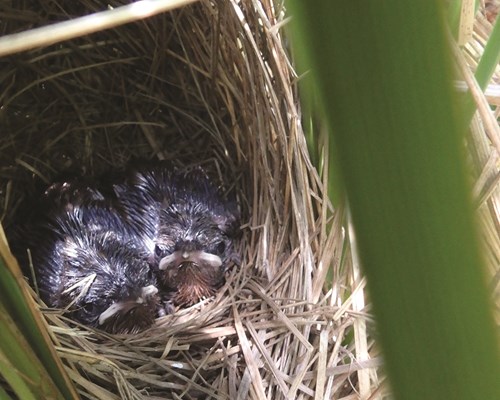 Northern eastern bristlebird nestlings. Photo: Currumbin Wildlife Sanctuary
Northern eastern bristlebird nestlings. Photo: Currumbin Wildlife Sanctuary
How will the research help?
Without supplementation of the wild population and coordinated management to prepare grassy forest habitat for successful reintroduction, the northern bristlebird may be lost. Previous work has appeared to slow the decline of birds and has begun to restore vital habitat, and now the next stage is to increase the population to viable, self-sustaining level.
This project will develop a structured reintroduction plan that will guide on the ground actions that will promote the much needed increase of the wild population and directly improve long-term persistence. The plan will assist the conservation efforts of the Northern Working Group by:
- identifying the best locations for releasing captive birds;
- providing advice on the genetic management of populations;
- outlining priority habitat management actions needed for meeting reintroduction goals;
- providing a costed timeline of pre and post- release management actions associate with reintroduction goals; and
- define remaining monitoring and research needs for successful reintroduction.
The project will set out how to restore appropriate fire management to the grassy sclerophyll forest of the study region, which provides vital habitat for not just the northern bristlebird but for other nationally threatened species, including the Hastings river mouse (Pseudomys oralis). The extent of grassy sclerophyll forests in this region has been significantly reduced by inappropriate fire regimes. Weeds and disease have also altered the condition of the remaining habitat. This project therefore benefits multiple species and responds to several threats.
What research activities are being undertaken?
The reintroduction plan will include:
- New assessments of known current and recently occupied habitat patches to identify priorities for habitat management and potential reintroductions
- Fine-resolution mapping of the extent of favourable habitat, identifying which are of the minimum patch size required for bristlebirds (or near the threshold), and the number of patches restorable to a suitable condition over the short term (3–5 years) and medium term (6–10 years)
- A costed timeline of management actions at each priority site to achieve and maintain required habitat conditions
- Review of the capacity to extend the captive breeding program to support the planned releases, including scoping the potential for supplementing genetic material from southern populations
- Timeline for reintroductions at priority managed sites and target numbers for release in active adaptive management experimental design, with planned post-release management and monitoring
- Scoping of ethics approval and other regulatory requirements needed for captive breeding and future reintroductions
- Full outline of costs and resources needed to achieve these recovery targets and a plan for seeking funding to cover these costs.

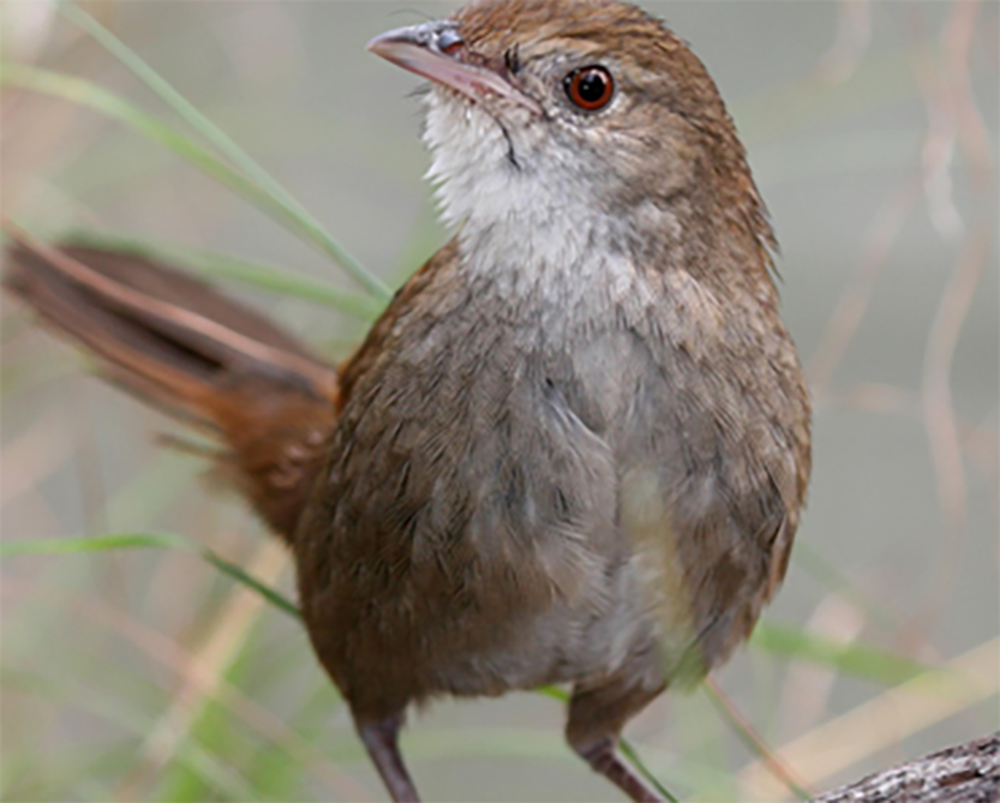 Northern eastern bristlebird. Photo: Grant Fraser
Northern eastern bristlebird. Photo: Grant Fraser
Who is involved?
The research is being led by the University of Queensland who are working collaboratively with Queensland and New South Wales government departments, non-government organisations, captive breeding facilities collectively forming the Eastern Bristlebird Recovery – Northern Working Group.
In particular, this project will working closely with New South Wales Office of Environment & Heritage; the Queensland Department of Environment & Science; Currumbin Wildlife Sanctuary, Healthy land & water; Birdlife Southern Queensland.
Where is the research happening?
The research is to focus on northern distribution of the eastern bristlebird, which occurs in southern Queensland and northern New South Wales.
When is the research happening?
The project will run for one year until the end of 2018. The plan developed will be ready for implementation in 2019.
Further information
For more information please contact:
Dr Zoë Stone - z.stone@uq.edu.au
Top image: Northern eastern bristlebird. Photo: Zoë Stone
